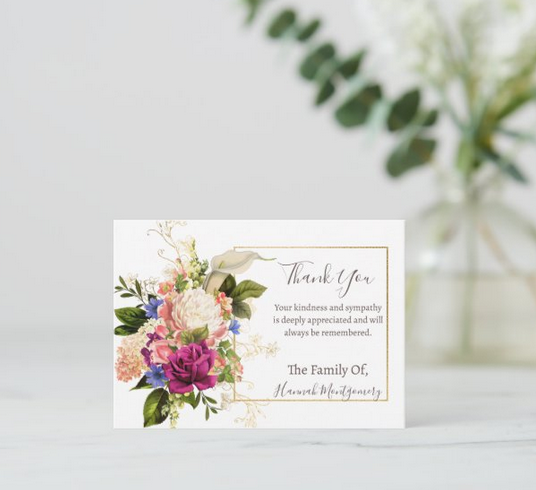We may earn money or products from the companies mentioned in this post. As an Amazon Associate I earn from qualifying purchases. Disclosure of Material Connection: Some of the links in this post may be "affiliate links." This means if you click on the link and purchase an item, I will receive an affiliate commission.
Funeral programs come in all shapes and sizes. Some are simple and straightforward, while others are more elaborate and creative. Here are a few examples of different types of funeral programs:
- Traditional funeral program: This type of program is typically used for religious services. It includes the name of the deceased, the date and time of the service, the location of the service, the officiant, the pallbearers, the order of service, and a brief obituary.
- Non-traditional funeral program: This type of program is typically used for non-religious services or for services that are more personalized. It may include some or all of the same information as a traditional program, but it may also include additional elements, such as poems, songs, or artwork.
Non-traditional funeral program
- Memorial program: This type of program is typically used for services that are held after the deceased has been cremated. It may include the same information as a traditional or non-traditional program, but it may also include information about the scattering of the ashes or the planting of a tree in the deceased’s memory.
- Digital funeral program: This type of program is becoming increasingly popular. It is typically created using a template and can be easily shared with guests online. Digital programs can be more interactive than traditional programs, and they can include features such as videos, photos, and music.
-
Digital funeral program
When choosing a funeral program, it is important to consider the wishes of the family and the deceased. The program should be something that the family feels comfortable with and that reflects the life of the deceased.
Here are a few tips for creating a funeral program:
- Start planning early. Funeral programs can take time to create, so it is important to start planning early.
- Involve the family. The funeral program should reflect the wishes of the family and the deceased.
- Choose a format. There are many different formats for funeral programs. Choose one that is appropriate for the occasion and that will be easy to read.
- Include the right information. The funeral program should include the following information:
- The name of the deceased
- The date and time of the service
- The location of the service
- The officiant
- The pallbearers
- The order of service
- Any other information that you think is important
- Get feedback. Once you have created a draft of the funeral program, get feedback from family and friends. This will help you to ensure that the program is accurate and that it meets the needs of everyone involved.
- Proofread carefully. Before you finalize the funeral program, proofread it carefully for any errors.
Creating a funeral program can be a daunting task, but it is a worthwhile one. A well-crafted funeral program can provide comfort and support to those who are grieving, and it can help to preserve the memory of the deceased.
I hope this blog post has provided you with some ideas for funeral programs.





